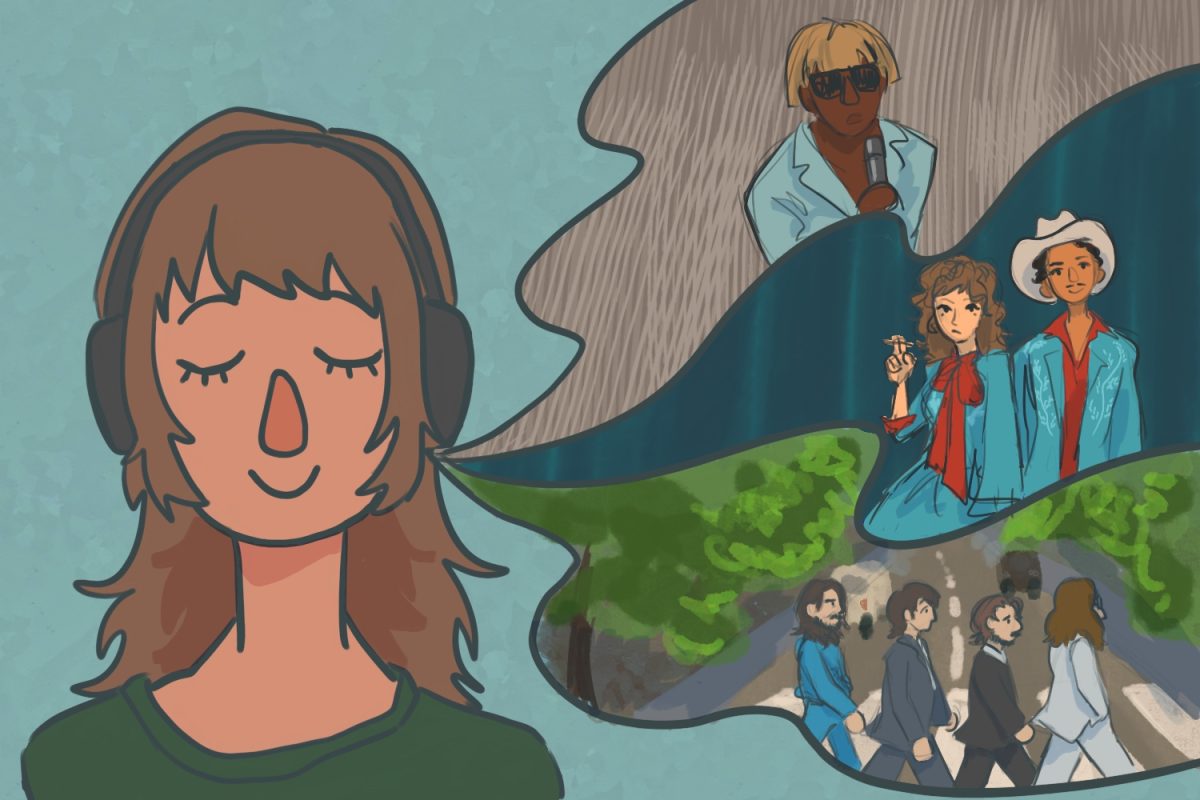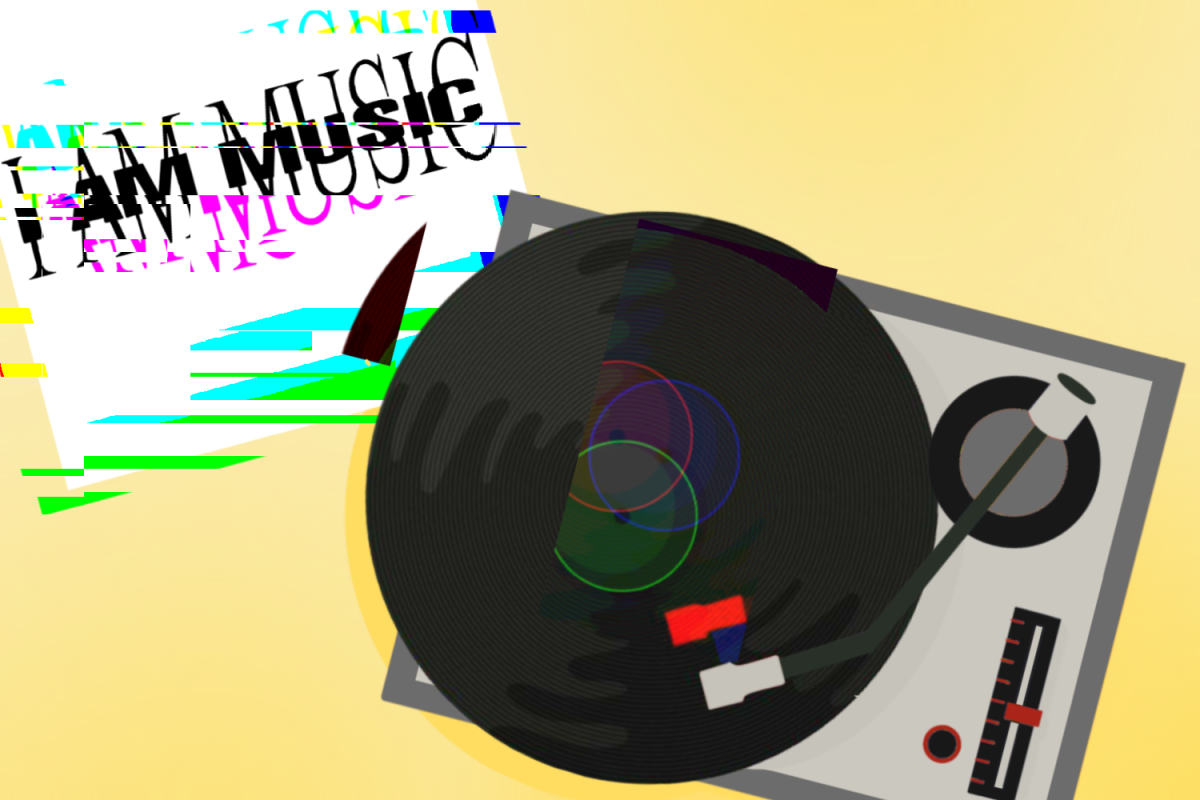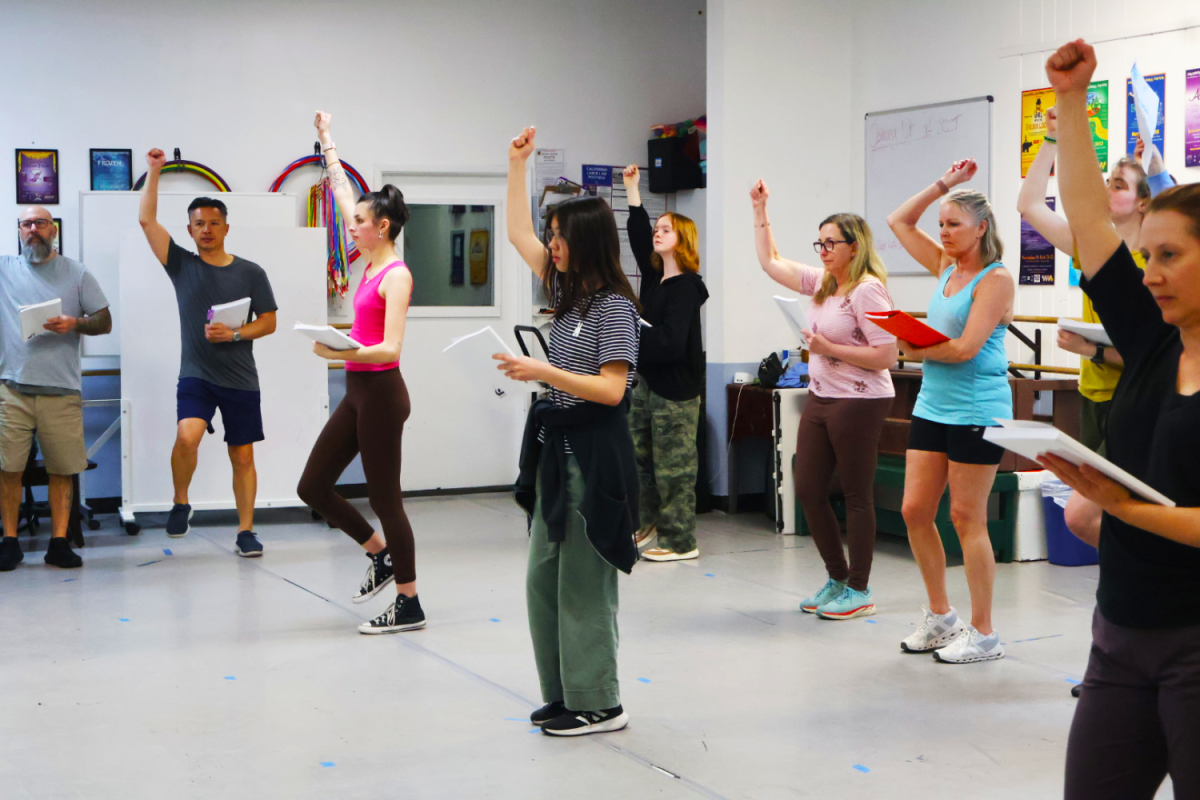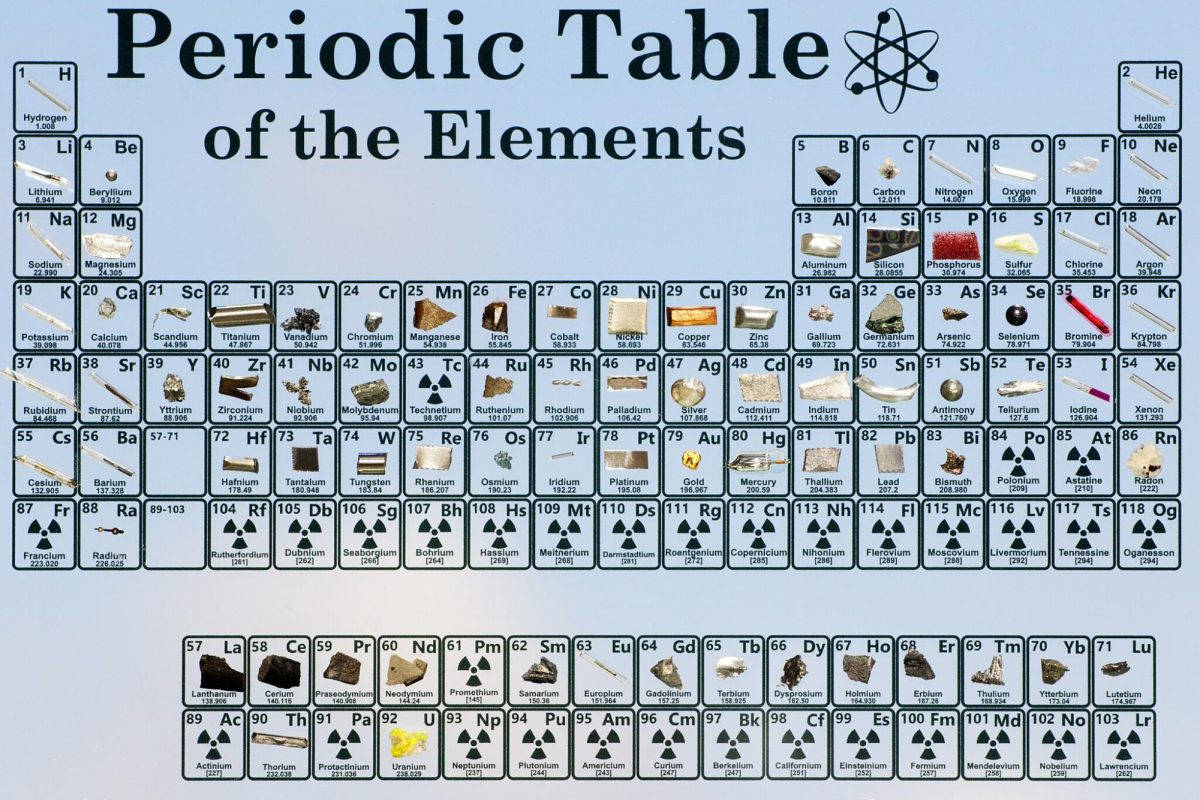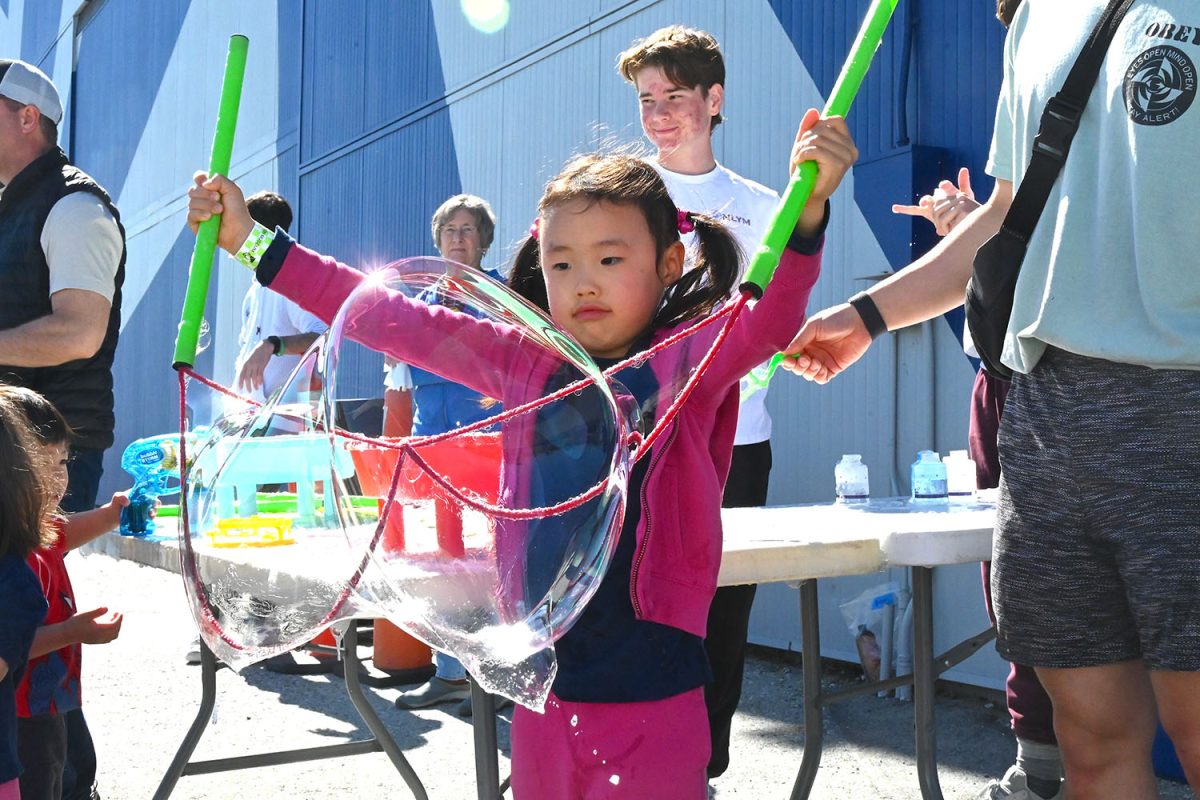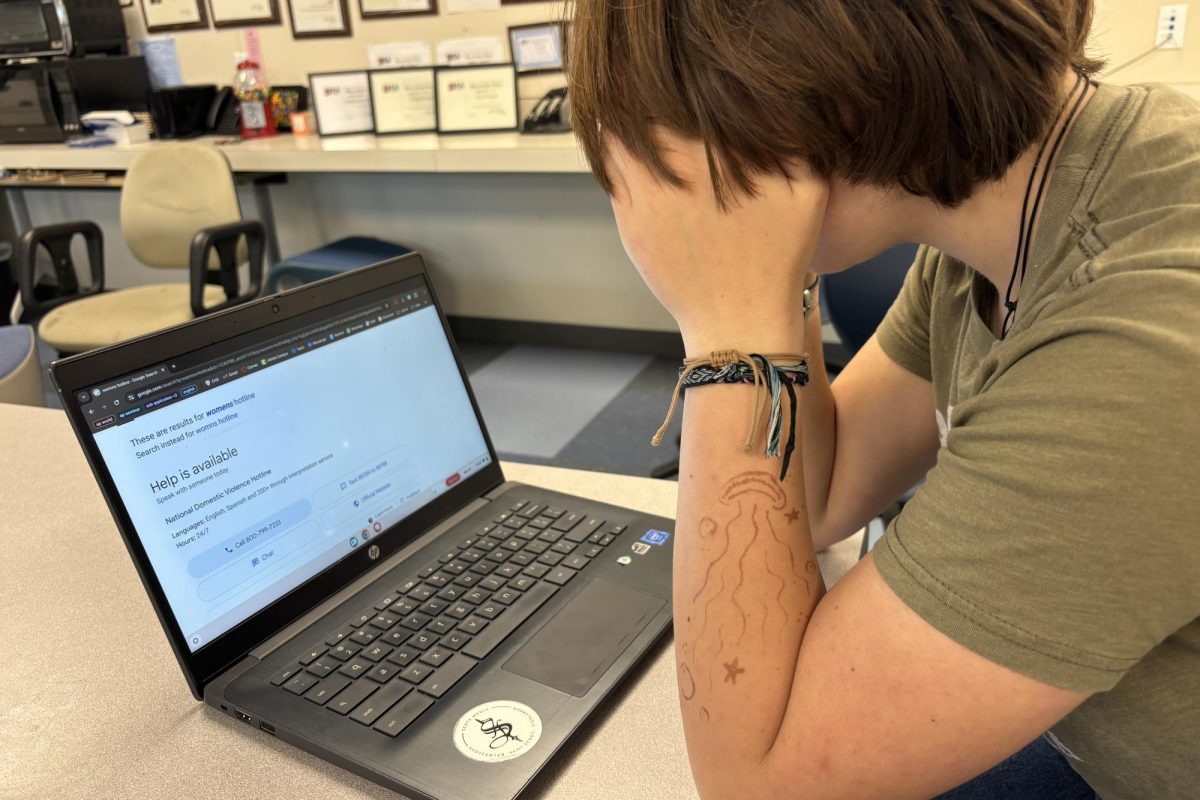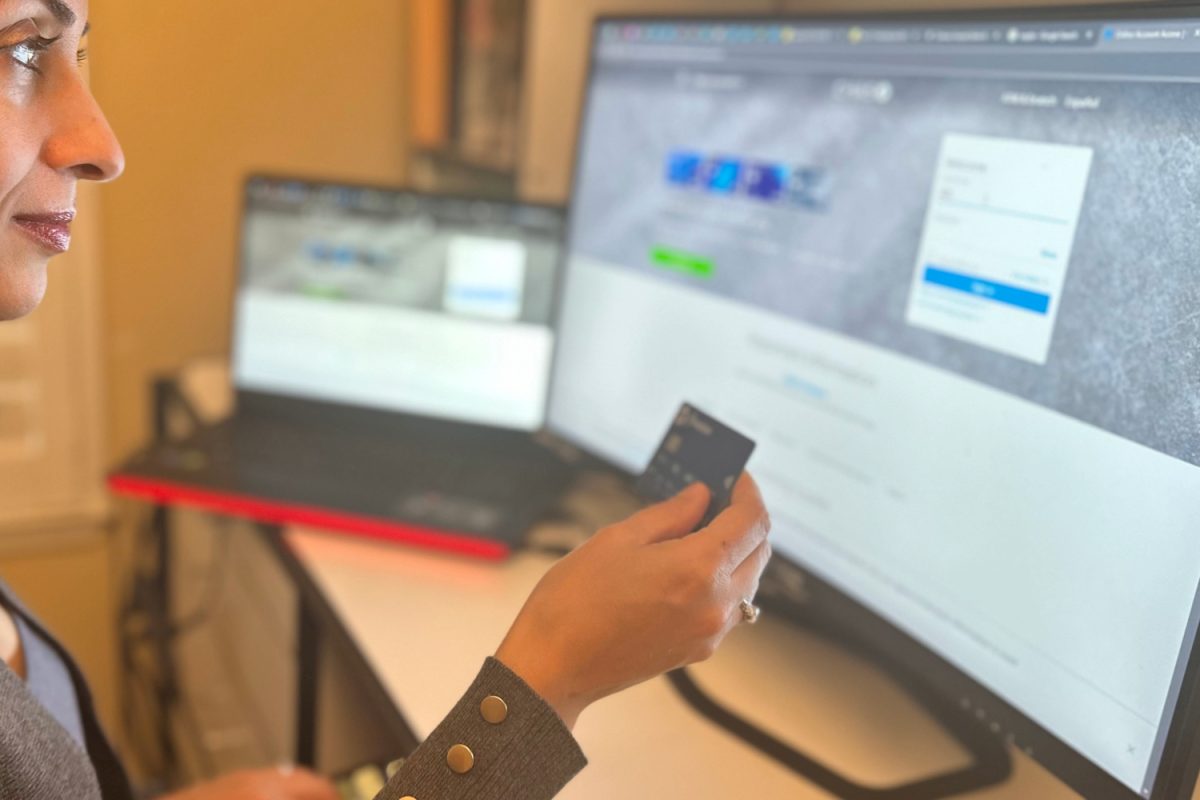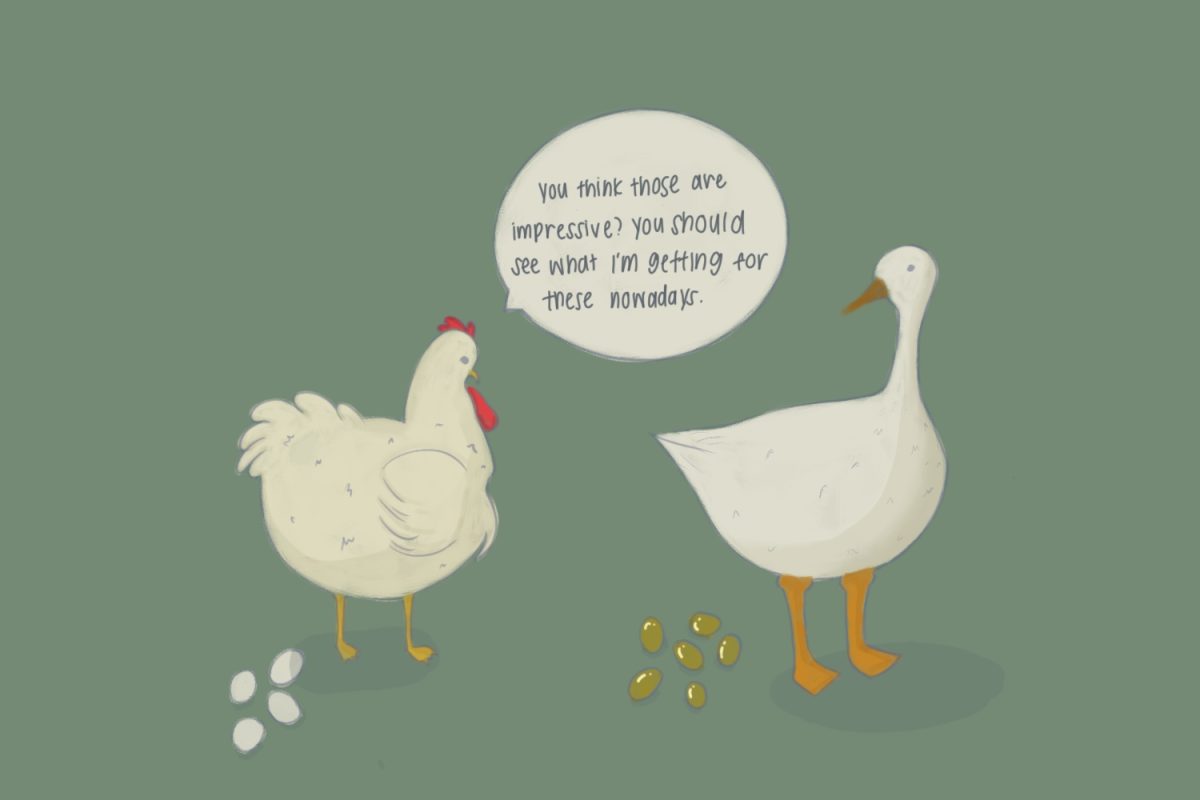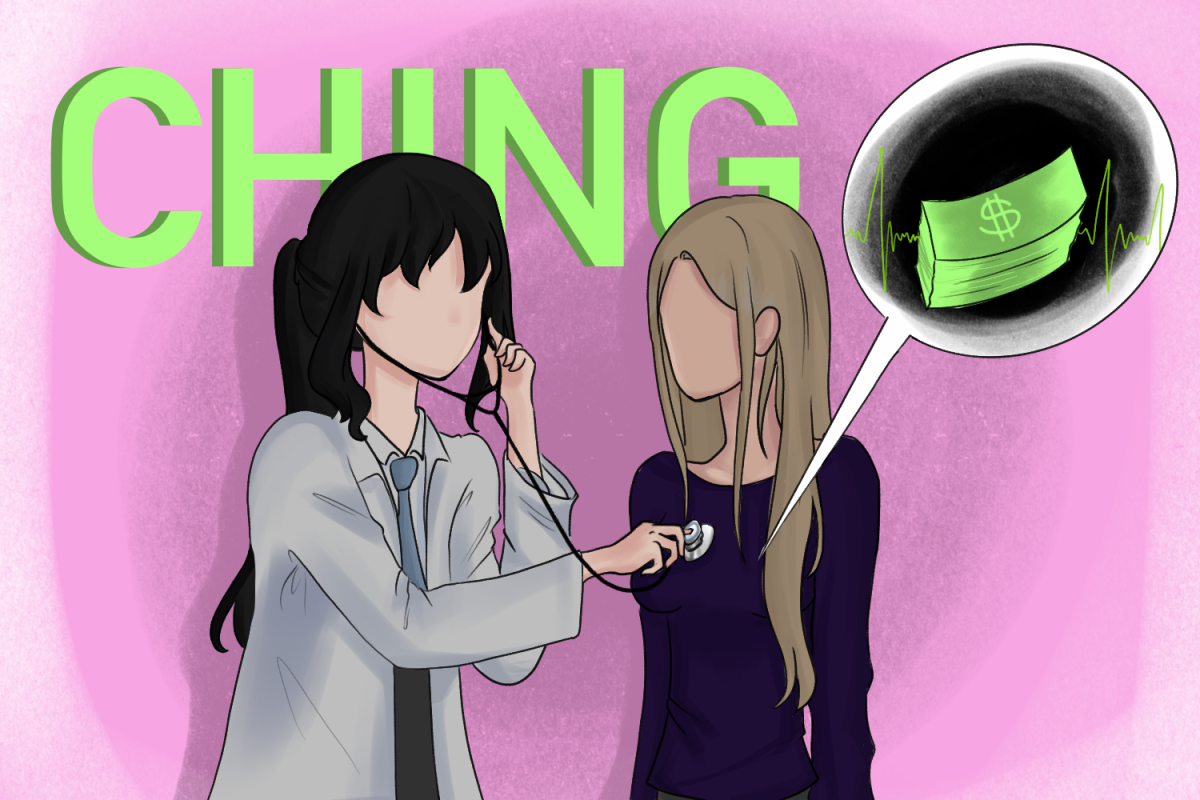Music has been an integral part of everyday life for centuries, from extravagantly composed musical pieces to the simple melodies of songbirds. As music has evolved through the decades, the popularity of different genres has continuously shifted.
While there are over 1,000 types of musical genres, the ones that typically stand out from the rest are pop, rock, electronic dance music (EDM), hip-hop, rhythm and blues (R&B), and jazz, with pop being the most versatile.
As time passes, however, the sound of music and what people associate with different genres continues to change with the advancement of technology.
“A lot of artists can just use technology like synthesizers and drum machines now instead of relying on a band or other musicians to back them up,” said Jaime Yong, a sophomore at Carlmont.
As a member of Carlmont’s symphony orchestra, Yong’s taste in music is influenced by the pieces she plays or practices.
“I prefer listening to classical and pop music, depending on my mood,” Yong said. “Recently, I’ve been listening to the same set of songs on a loop because I’m playing them right now, and I need to learn and memorize them. Playing an instrument helps me appreciate music a lot more, and I can relate to the difficulty of live performances.”
While musicians like Yong listen to music to familiarize themselves with new pieces, others enjoy listening to music to reminisce memories and emotions.
“Certain music reminds me of certain parts of my life; when I listen to a song, it might make me remember an ex-boyfriend, or I might listen to something else and remember riding on a bike with my friend,” said Julia Schulman, a visual arts teacher at Carlmont. “It’s like my tattoos; each has a story. All the music I listen to has stories and reminds me of a certain part of my life when I first listened to it.”
Schulman’s love for music stems from the music she grew up listening to around the late ‘60s, ‘70s, and ‘80s. She listens to practically any genre of music and particularly enjoys listening to Hawaiian music when she’s in a bad mood.
Music plays a massive role in many people’s lives, often as a backing track for simple activities like working, driving, or walking.
“I listen to tons of music at school,” said Michael Skrable, a math teacher at Carlmont. “I listen to it during every prep period, before and after school, and during lunch. I brought in all my old CDs, and I have my stereo on my desk. I also listen to music on my computer while walking or at home.”
Skrable primarily listens to classic rock, with one of his favorite bands being The Beatles. His love for music is expressed through the countless music posters plastered on the walls of his classroom.
Many find music a crucial part of their daily routine, and discovering new music can often be a relieving pastime. Different methods of discovering new songs and artists have changed and evolved over the decades as technology advances.
“I used to listen to the radio, and we all had our favorite stations. If we heard a song we liked, we’d have to go to the record store and look for the physical record,” Schulman said.
Now, with streaming services and social media platforms, discovering new music is easier than ever.
“I usually hear about new music if an artist or song gets recommended to me or if they’re popular on social media,” Yong said. “I feel like music has become more dependent on social media for advertising; I often see artists posting videos about their life stories or short videos of how they make their songs to try and get people to listen.
While social media plays a significant role in advertising music and allowing people to connect over their favorite songs and artists, it has also brought back the appeal of physical media to younger generations. Many people have grown to love and appreciate the charm of collecting vinyl and CDs despite having their music available on streaming services.
“People just download songs now, and it doesn’t seem like albums are nearly as important as they used to be,” Skrable said. “The thing is, though, it hasn’t completely died out. Vinyl has come back, and among younger people, there still seems to be a desire to have something tangible, despite the ease of listening to music through computer files.”
Regardless of genre and different forms, music continues to have a lasting and meaningful impact on people’s lives. Whether through the rhythms of pop, the nostalgia of vinyl, or the connectivity of social media, music remains an ever-present and personal part of our lives.

